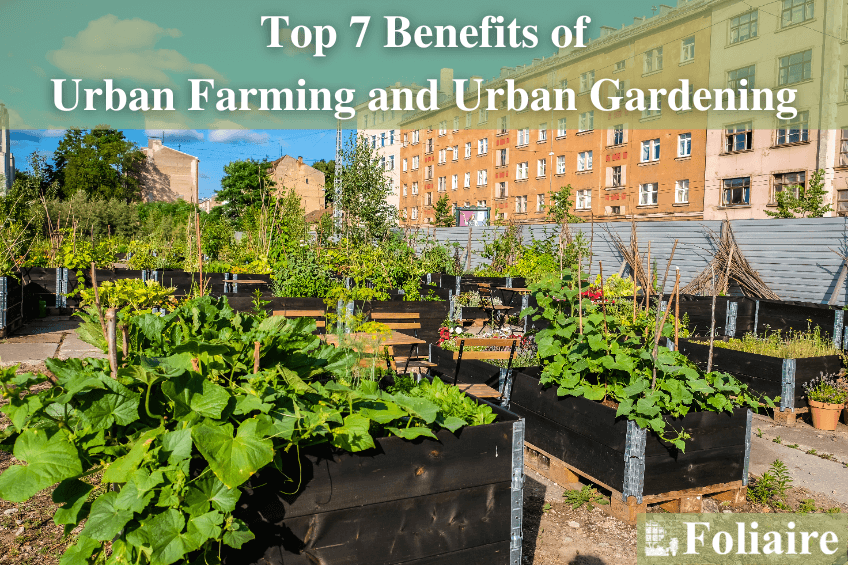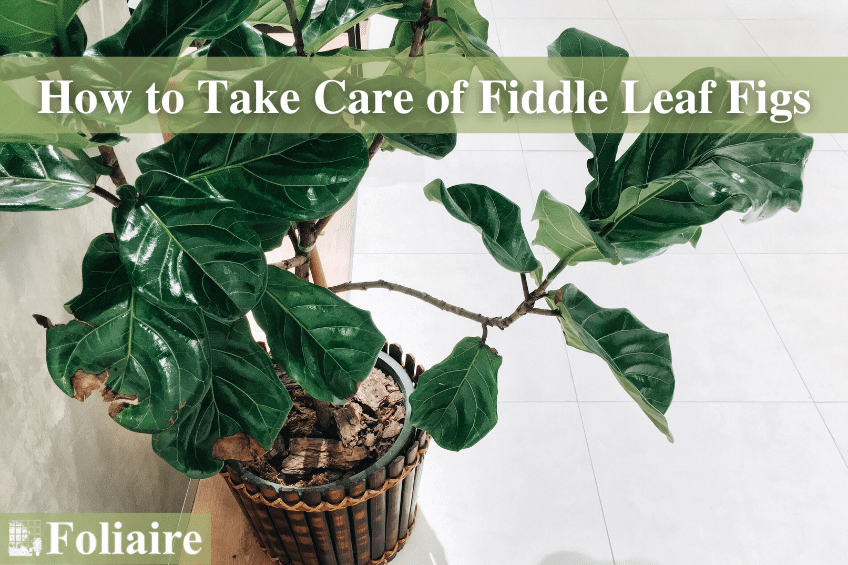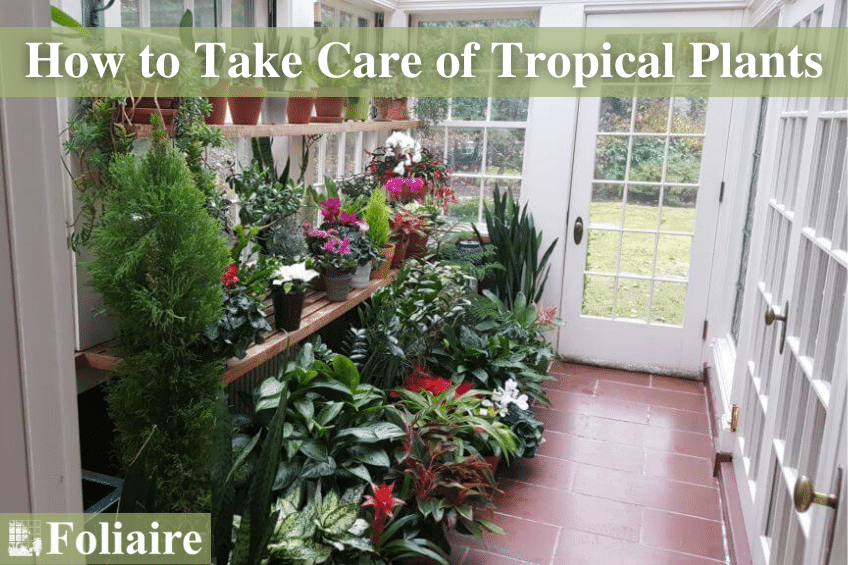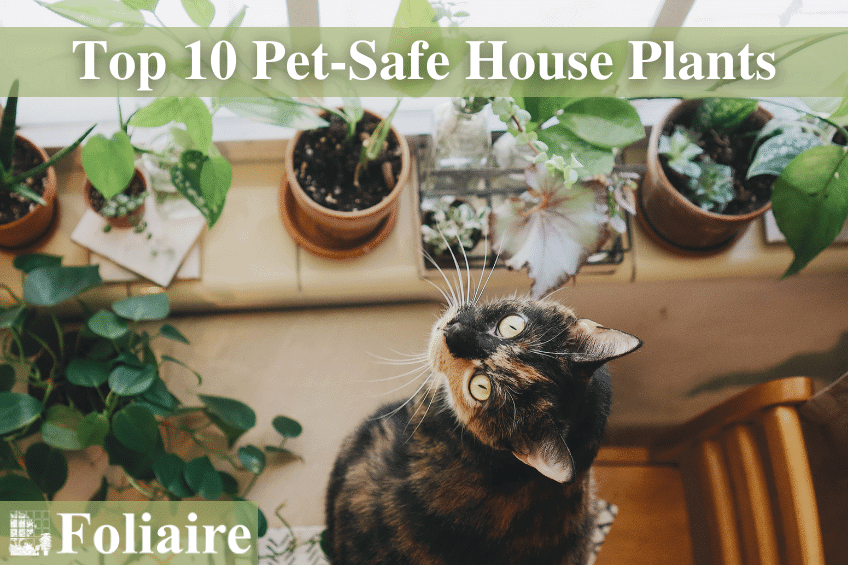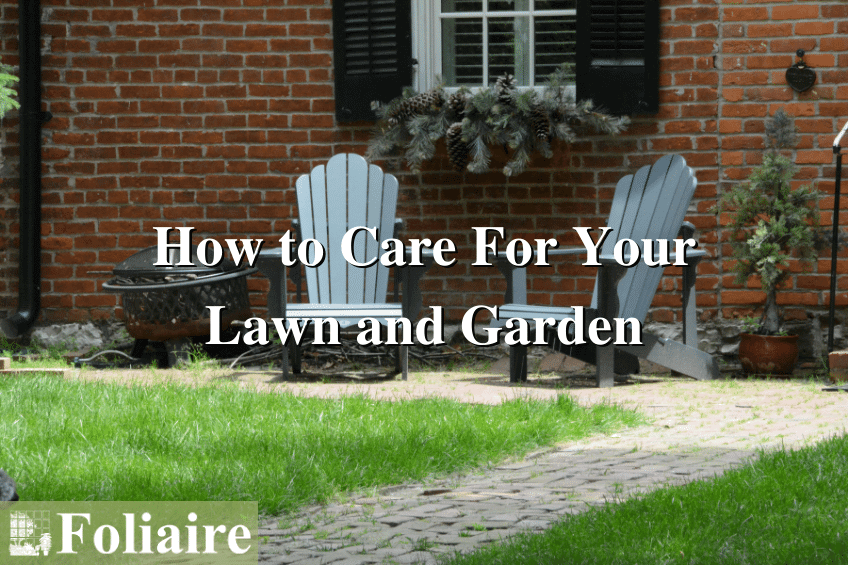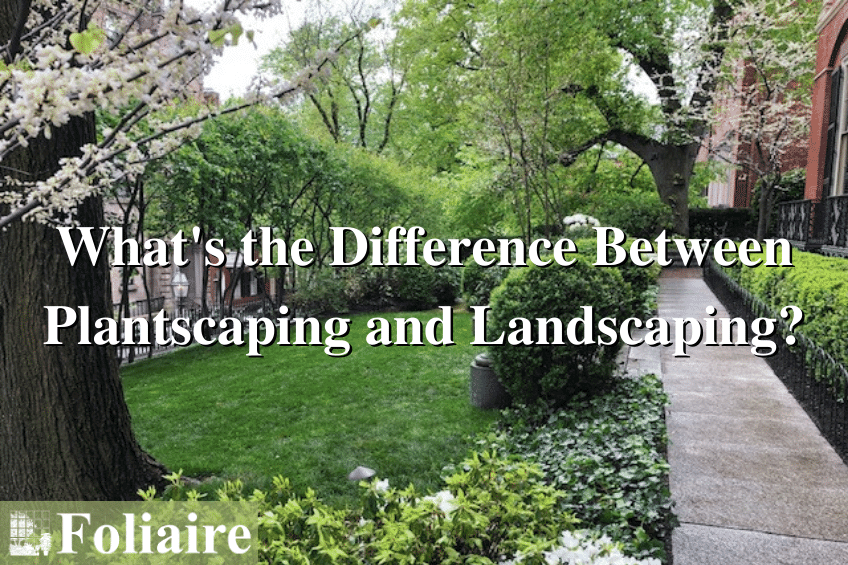Top 7 Benefits of Urban Gardening and Urban Farming
Urban gardening and urban farming have become much more popular in metropolitan areas.
Whether you’re a homeowner looking to add an urban garden to your property or a company hoping to develop corporate plantscaping for your employees, urban landscaping has many benefits. We are all looking for ways to improve our health and well-being at this current time. You may be surprised to learn that urban gardening is one of the top ways to achieve your goal.
Let’s examine the key benefits of creating an urban greenscape on your property.
We Will Cover How To:
Encourage Healthier Diets
We all need to strive to follow a healthy diet. There’s no denying that with restaurants on every corner, preparing healthy and nutritious meals can be challenging. You’ll have fresh ingredients when you add an urban garden to your home or workplace. You’ll be able to cook delicious meals for yourself and your family. The goal is to help you to stay on track with your fitness and health goals. No matter what diet you currently follow, you’ll be able to make little switches daily. That way, you can enjoy more fresh produce and colorful meals.
Boost Food Security
The past few years have shown us how quickly we can lose access to stores and products we rely on daily. You’ll boost food security using your urban garden, ensuring you always have access to fresh fruit and vegetables. Food waste is also a huge issue in many countrywide communities. For this reason, having access to a greenscape where you pick only the food you need to eat that day will help to minimize wastage. You won’t have to eat packaged food as much. Instead, you’ll take your produce straight from your garden to your kitchen. You’ll be ready to prepare a delicious meal for yourself and your loved ones.
Grow Safer Food
Urban landscaping offers full customization over the plants and food you choose to grow in your garden. You’ll be able to grow safer meals that you can serve to your family, knowing they are free from chemicals and pesticides in store-bought food. If you are looking to enjoy cleaner meals without any ingredients that could damage your body, you’ll appreciate this as one of the top benefits of urban gardening. You’ll no longer have to question what’s added to your food, as you can choose to use organic products to help grow your produce.
Do you need help revitalizing your outdoor garden?
Develop Under-Utilized Land
An urban garden allows you to use a space on your property that may otherwise sit empty indefinitely. We all know that roofs, in particular, are often under-utilized when they could otherwise create a beautiful outdoor space for you, your family, or your employees. You’ll find that when you plan your urban landscaping well, it could help to add to the value of your property in the future when you look to sell it. Find the best ways to maximize the available space and ensure you add all of the features that improve your property’s curb appeal, such as living walls.
Increase Sustainability
Food miles – how far away your food is sourced – gained more attention in recent years as one of the hottest topics in sustainability. By growing produce in your home or workplace, you can work to reduce your impact on the environment and stop food from traveling around the world to reach your plate. You’ll bring yourself one step closer to the food system when you grow your food and create a greenscape you enjoy tending. We all need to play our part to protect our planet, and this is one of the simplest yet most effective ways you can achieve this in the upcoming years. Urban plantscaping can ensure that you have everything in place to keep your gardening practices as sustainable as possible.
Build Community
One of the best features of urban landscaping is the sense of community this investment can create. An urban garden can become a central part of your work community, allowing people to meet, socialize, and exercise. Many companies encourage their teams to get involved with tending new greenscapes. This team-building offers a way to connect with nature and take a break from everyday work. Urban gardening also brings families closer when they work together to keep it in top condition.
Ready to unlock your garden’s full potential?
Save Money on Groceries
The challenges of the past few years have pushed up the price of groceries across the country. With shortages in the supply chain, many families have had to make different choices to stick within their food budget. When you grow food in your urban garden, you reduce the impact of these rising prices. This benefit allows you to spend your money in other ways. Workplaces can use the fruit and vegetables they grow on-site to reduce supply budgets.
Key Takeaways
There are many fantastic benefits of urban gardening and farming for individuals and companies across the country. Living walls and a beautiful greenscape can create an aesthetically pleasing addition to any home or workplace. You’ll find that they can help to offer you fresher produce and healthier cooking ingredients.
View Our Other Plant Care Tips
See how we can transform your urban greenscape today!
Boston’s Plantscaping Specialists
Foliaire is a full-service interior and exterior greenscape design-build firm in Boston’s historic South End. For over 40 years, we’ve provided award-winning plantscaping services in the Boston Metro area.
We customize and plan our roof garden projects and interior plantscaping to fit your unique space and tastes. That’s how we’ve built a reputation of unparalleled style and elegance for corporate plantscaping and residential community projects.
In addition, we’ve received several environmental design awards and have appeared in several publications. You can find us in Architectural Digest, House and Garden, Horticulture, and Interiorscape.
Follow us on social media @Foliaire for more valuable plant care advice:

